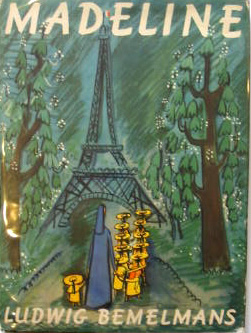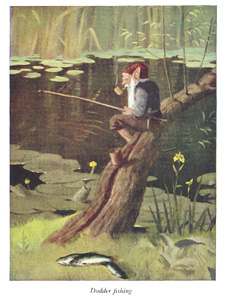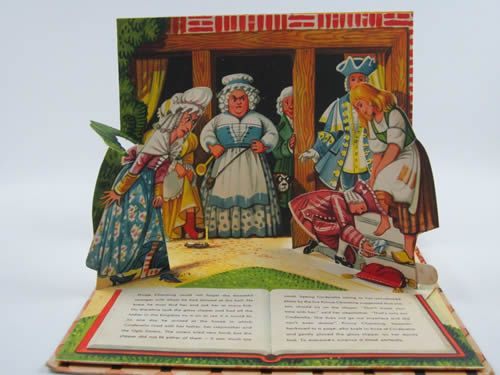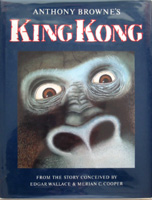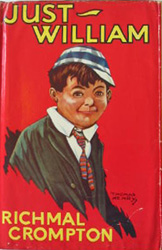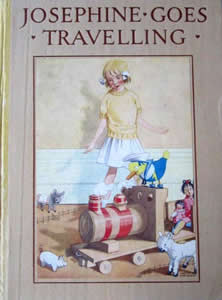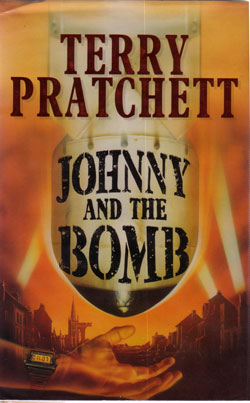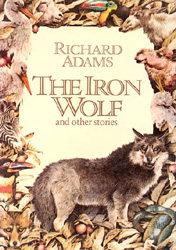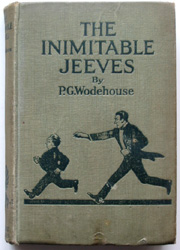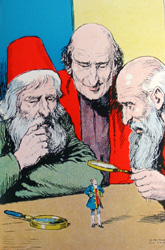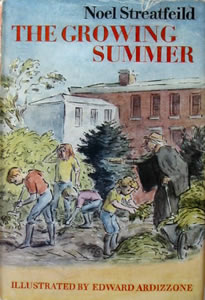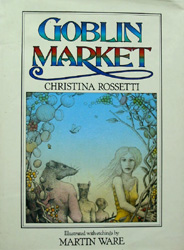Madeline by Ludwig Bemelmans
We are lucky to have a mobile library service in our little village and recently one of the books on board wasLudwig Bemelmans's book Hotel Bemelmans. I recognised the author's name from the Madeline series of books which are to the left of the shop desk in Rose's Books. So having read about some of Ludwig Bemelmans's experiences in his early life I was intrigued to read a few of his Madeline series of children's books.
The first book in the series is, naturally enough, called Madeline. This was his wife's name but it was the childhood antics of his only daughter Barbara which inspired him to write the series. The books are written in rhyming couplets and the text is simple, sometimes with just one or two words to a page. Every page has a large illustration by Ludwig Bemelmans himself, a few are in colour and the rest in two-tone. Some of the illustrations in the Madeline books I read are of landmarks in Paris and London and, helpfully, the wrapper rear flap provides a list of those he has featured. Madeline made her first appearance in 1939 and millions of copies of her colourful picture books have been sold since.


